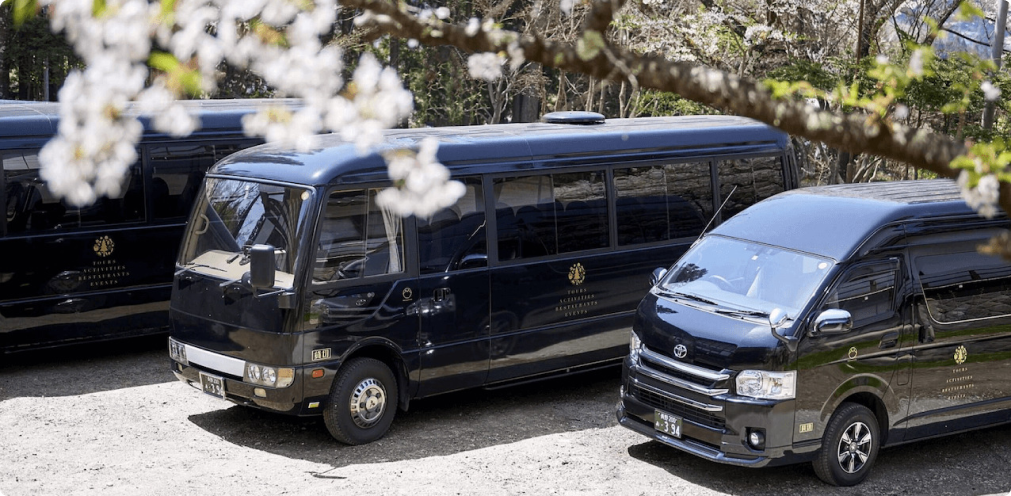Things To Do
Winter Light Up
Shirakawa-go is famous for its January and February winter nighttime illuminations of its historic houses covered in snow. The buildings are illuminated in sync for a couple of hours on certain Sunday nights and are a picturesque and magical time to visit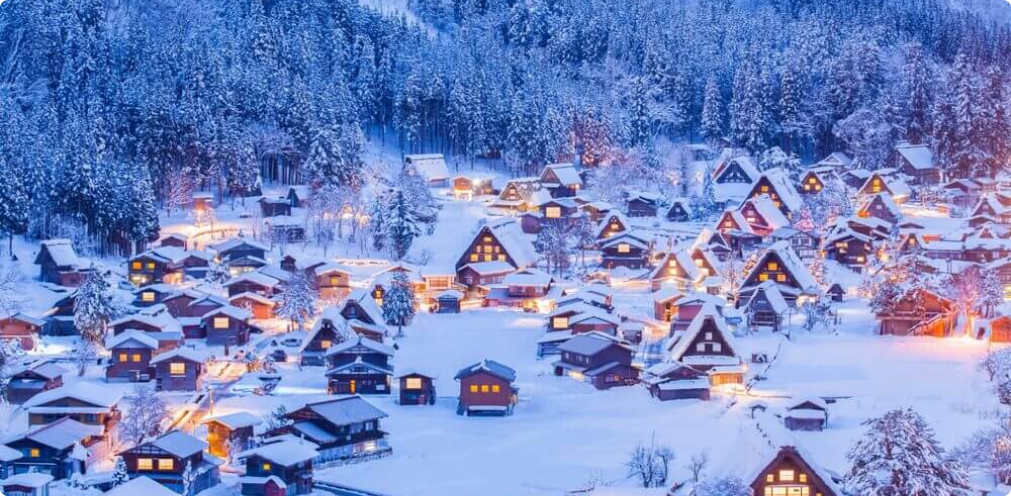
Observation Deck
Ever wonder where that bird’s eye view of the cute little houses at Shirakawa-go is taken? Fortunately, getting to that spot won’t require a helicopter (or a drone). That viewpoint is at the Ogimachi Joseki Observatory which can be visited via a 20 to 30 minute hike or a short bus ride. Here is the bus schedule from the village to the viewpoint. Do note that the village bus stop is around a block away from the main intercity bus station.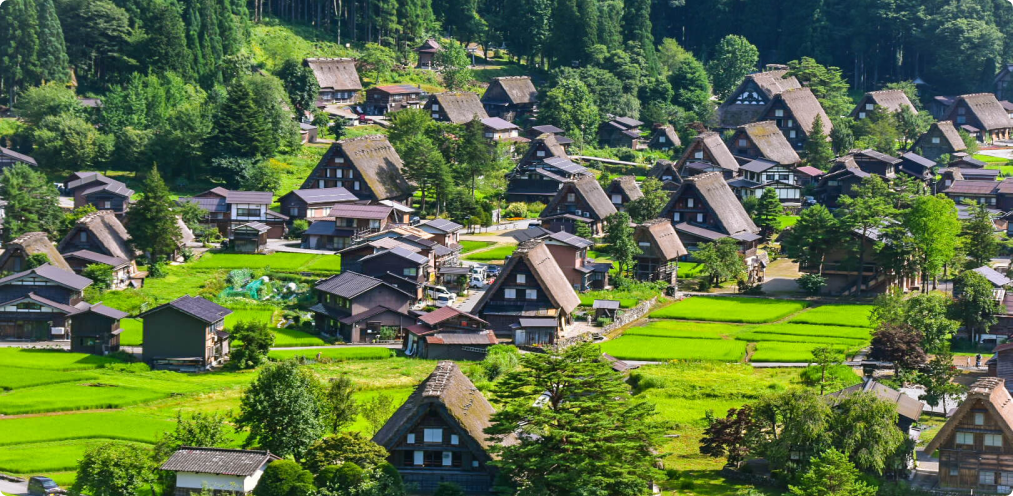
Walk Down Shirakawago Kaido
The main street of Ogimachi is known as ‘Shirakawa Kaido’. It runs directly through the village therefore you can’t miss it. Along the street, you will find farmhouses, restaurants, shop and stalls including those selling Hida-gyu (beef) skewers and other local snacks including ‘gohei mochi’. Shirakawa-no-Yu hot spring – open daily / Adults JPY700 & Children JPY300 – is located at the end of the street and makes for a relaxing stop after exploring the village. This is the busiest area of Ogimachi. Walking even a few minutes away from the main street should have you into areas with far fewer visitors.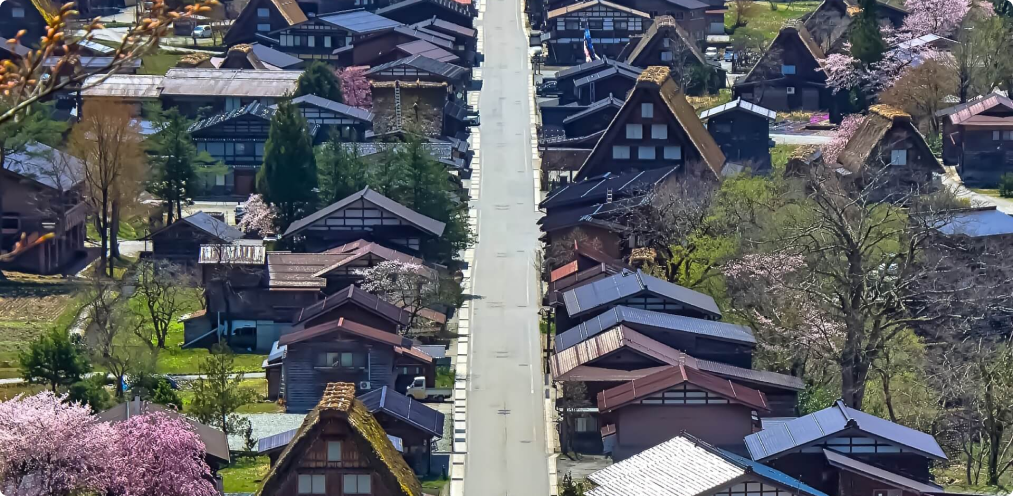
Explore Ogimachi
By far the largest of the three villages, Ogimachi is spread over a considerable area with many farmhouses and extensive rice fields. Ogimachi sits around 2,200 meters above sea level in a beautiful alpine valley with mountains rising further above. The village and many of its farmhouses remain homes to local families, meaning that despite its popularity, Ogimachi retains much of its authentic character through continued activity of daily life.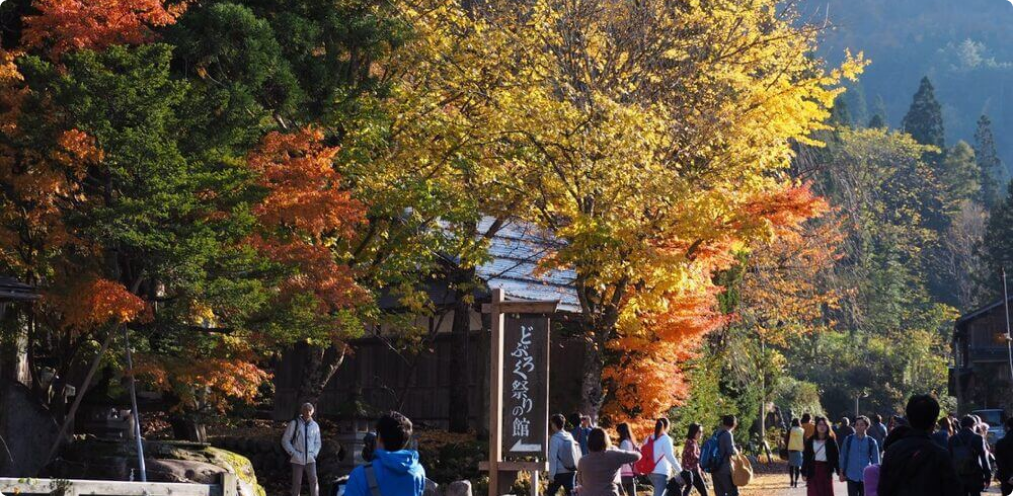
Buy Local Crafts
Sarubobo" is sold in Shizukawa-go and other areas in Hida region. Sarubobo means baby monkey in the local dialect. It was once sold as a charm for easing labor and for children’s good health. Today Sarubobo is a Hida’s major character and many related items are being sold.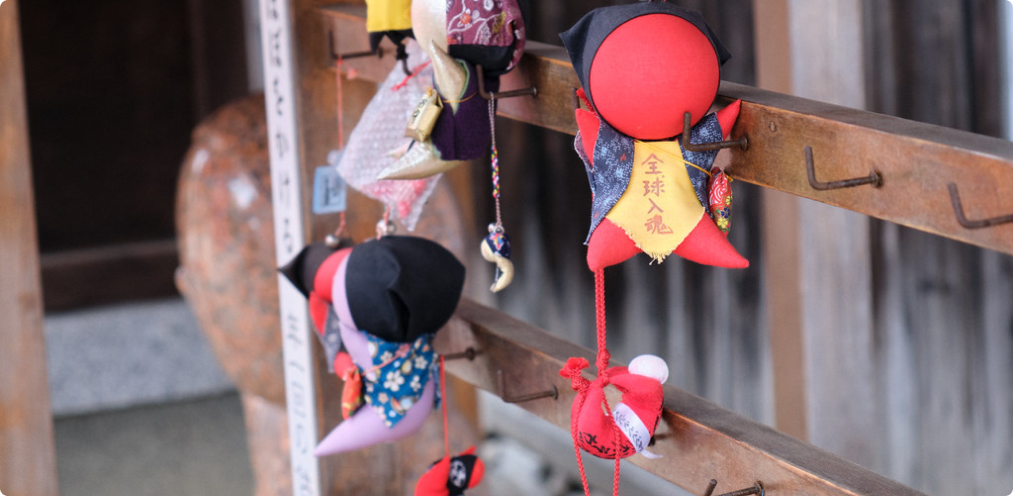
Overnight Stay
Several of the farmhouses in the village provide accommodation – a great way to enjoy the village in the evening and early morning, without the crowds. As typical ‘minshuku’ (traditional lodgings), the guesthouses are family-run and offer Japanese comforts such as on-floor ‘futon’ bedding and shared bathrooms. There are no restaurants open in the village at night therefore all accommodation comes with both dinner and breakfast service.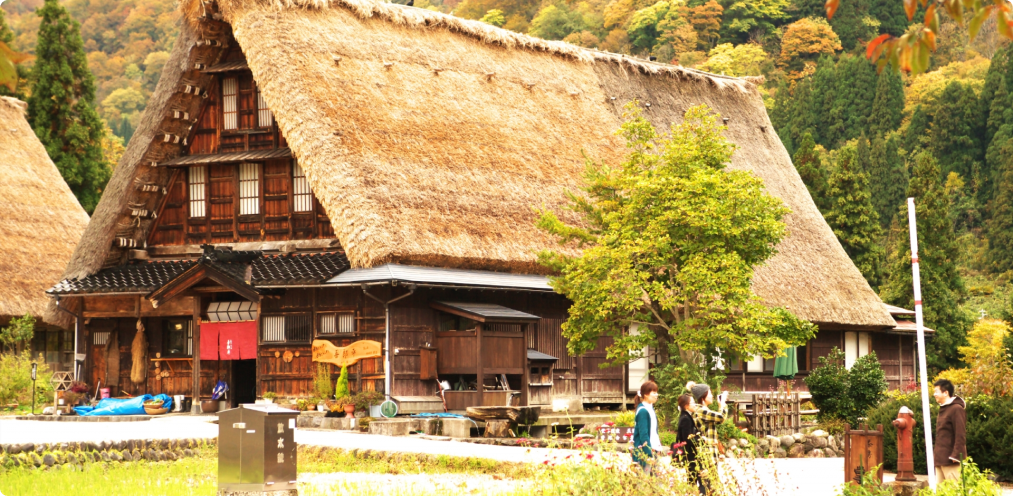
Hachiman Shrine
Said to have been founded between 708 to 715, Shirakawa Hachiman Shrine is dedicated to the local deity and plays host to the ‘Doburoku’ Festival on October 14th and 15th every year. The shrine has long played an important role in the life of the village and located a short walk from the main street, you will typically find few visitors in this area allowing you to relax and take some nice photographs. While at the shrine, look-out for an aged cedar tree. Around 200 to 300 years in age, it is considered a natural treasure by local residents.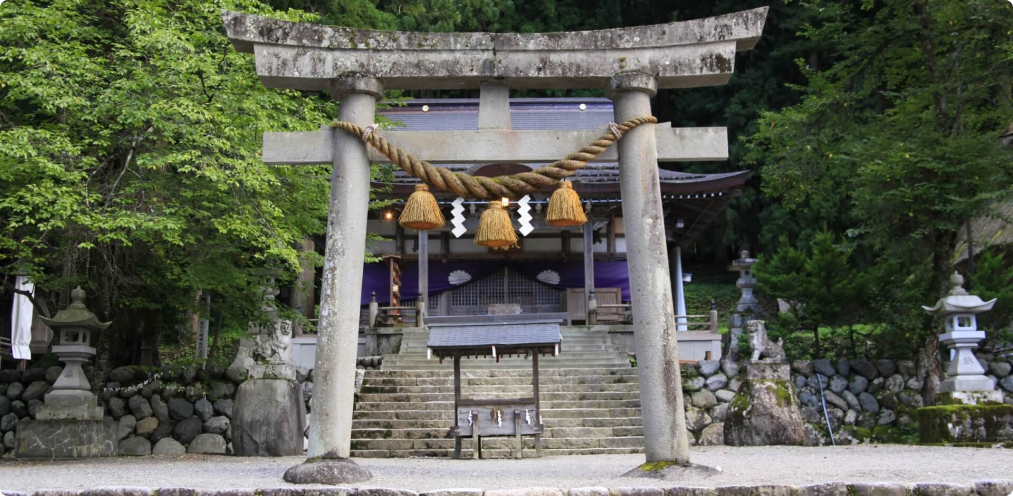
Guided Tours
Central Japan offers many, many reasons to visit. Operating all year round, we are Nagano’s No.1 tour and charter operator, offering a range of services including group tours, private tours and charters. We can arrange transport including a private vehicle and driver to transport you to, from and between any destinations in the region.